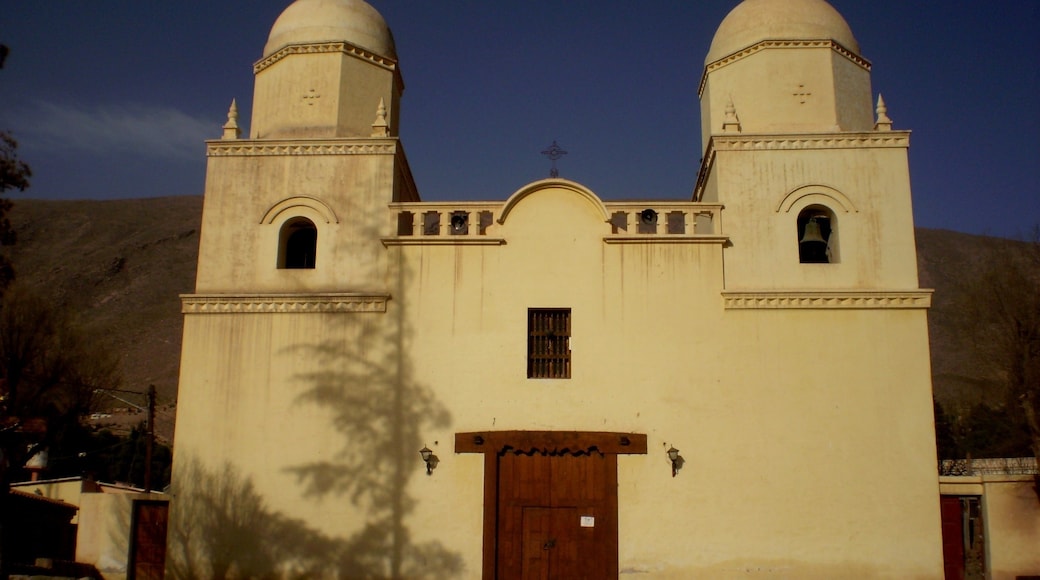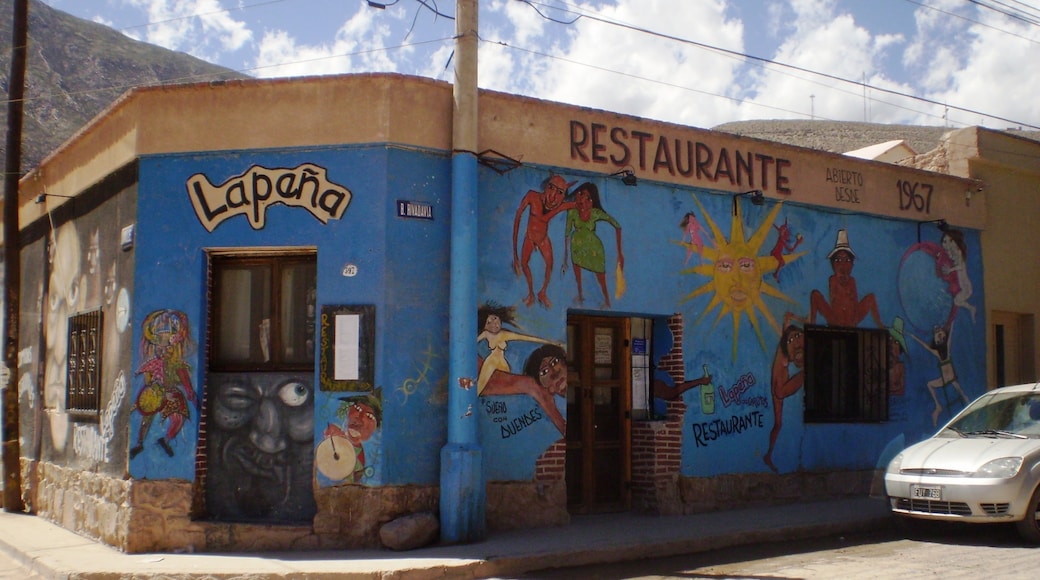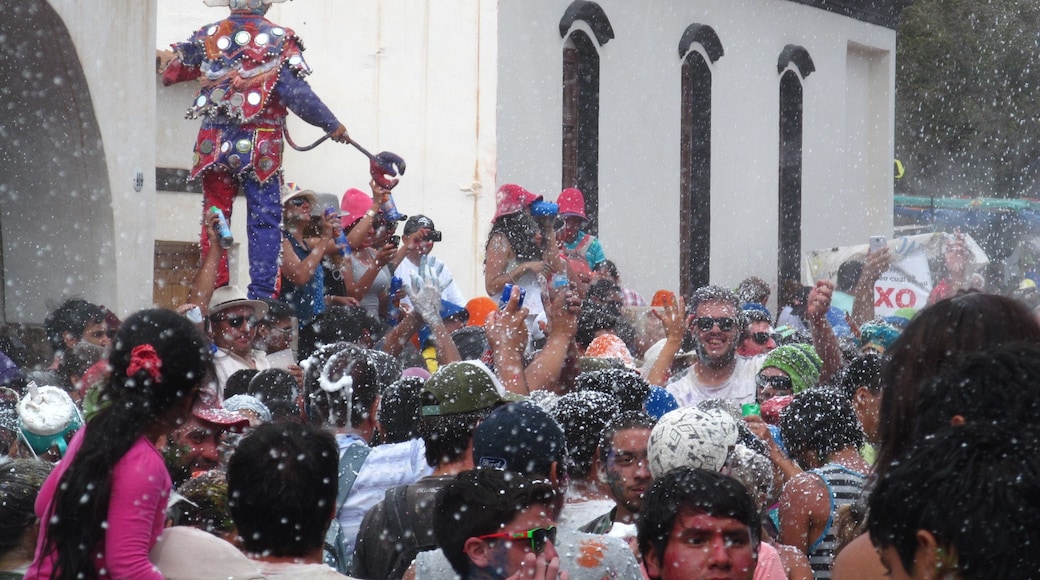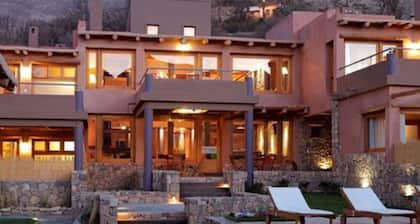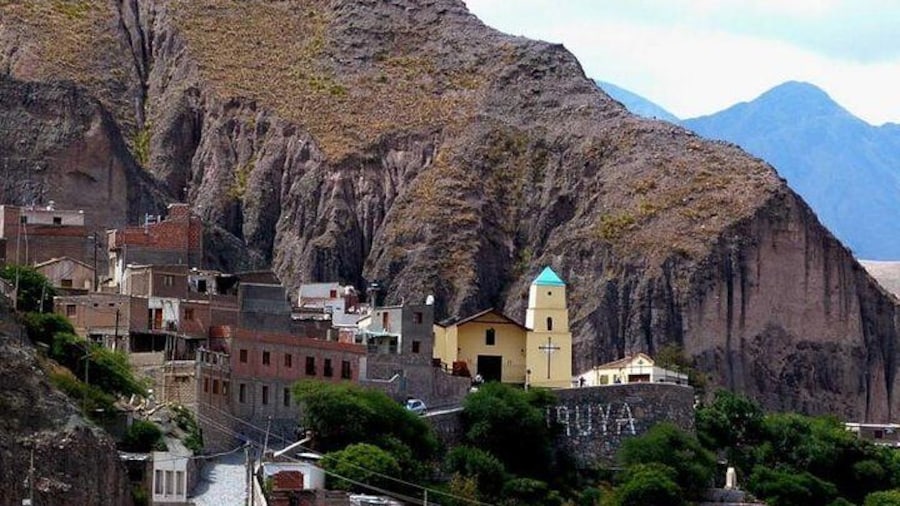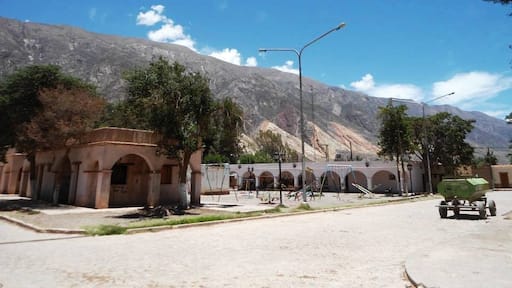Tilcara is a historic city with rich traditions that lies on the eastern flank of the Rio Grande. It is known for its spectacular views of the colorful mountain peaks of the region and the indigenous culture. Wander through the town and interact with locals for a sense of the local ambiance in this mountain-top desert landscape.
The highlight of the area is the Pucará de Tilcara in the southern outskirts of the small city. Climb the hill to see the partially reconstructed ruins and enjoy the panoramic view of the Rio Grande river and the undulating surrounding terrain. Explore the fascinating stone structures with a docent to learn about the 15th-century Inca history in this region.
Capture photos of the multicolored mountains that the Inca would have seen centuries ago. Sit on a rock between cacti and meditate on the remarkable history. Trails meander through the colorful landscape at the center of the Humahuaca Ravine.
In the heart of Tilcara are many buildings with whitewashed facades of Spanish colonial design. Admire the twin towers of the Our Lady of Rosario Church on the eastern flank of the Sergeant Antonio Peloc Plaza.
Peruse the intriguing exhibits on display in the Eduardo Casanova Archeological Museum on the main plaza, which is decorated with trees. Adjacent is the José Terry Museum showcasing an artist’s works.
The city is one of the country’s oldest continuously inhabited settlements and stands at an elevation of 8,200 feet (2,500 meters). Expect warm days November through March and cold winter nights the rest of the year. Note that the full name of the city is San Francisco de Tilcara.
It is in the province of Jujuy in northwestern Argentina, close to the borders with Chile and Bolivia. Take a bus north from Jujuy for 50 miles (80 kilometers) to get here. Explore the small city on foot or by bus. The nearest major airport is the Martín Miguel de Güemes International Airport, a 3-hour drive south.
Tilcara brings the rich traditions and history of the Inca people to life in this scenic part of the world.

